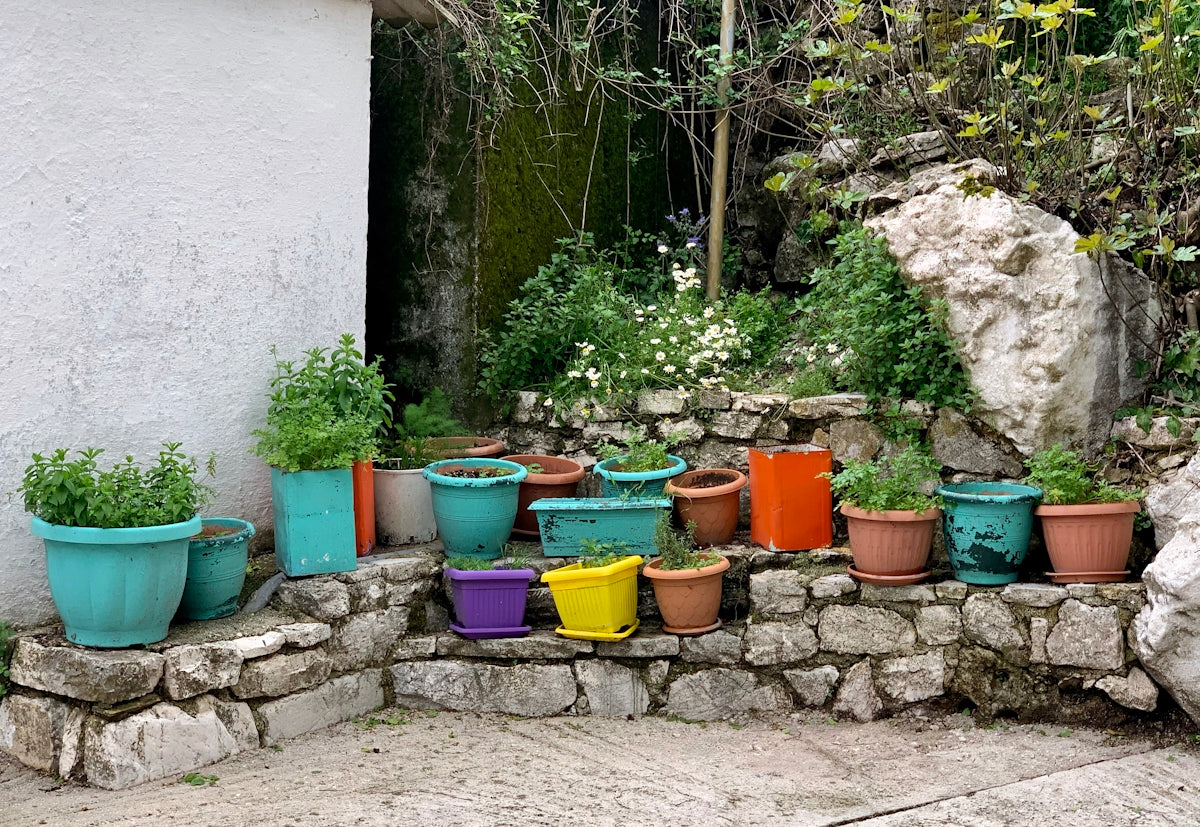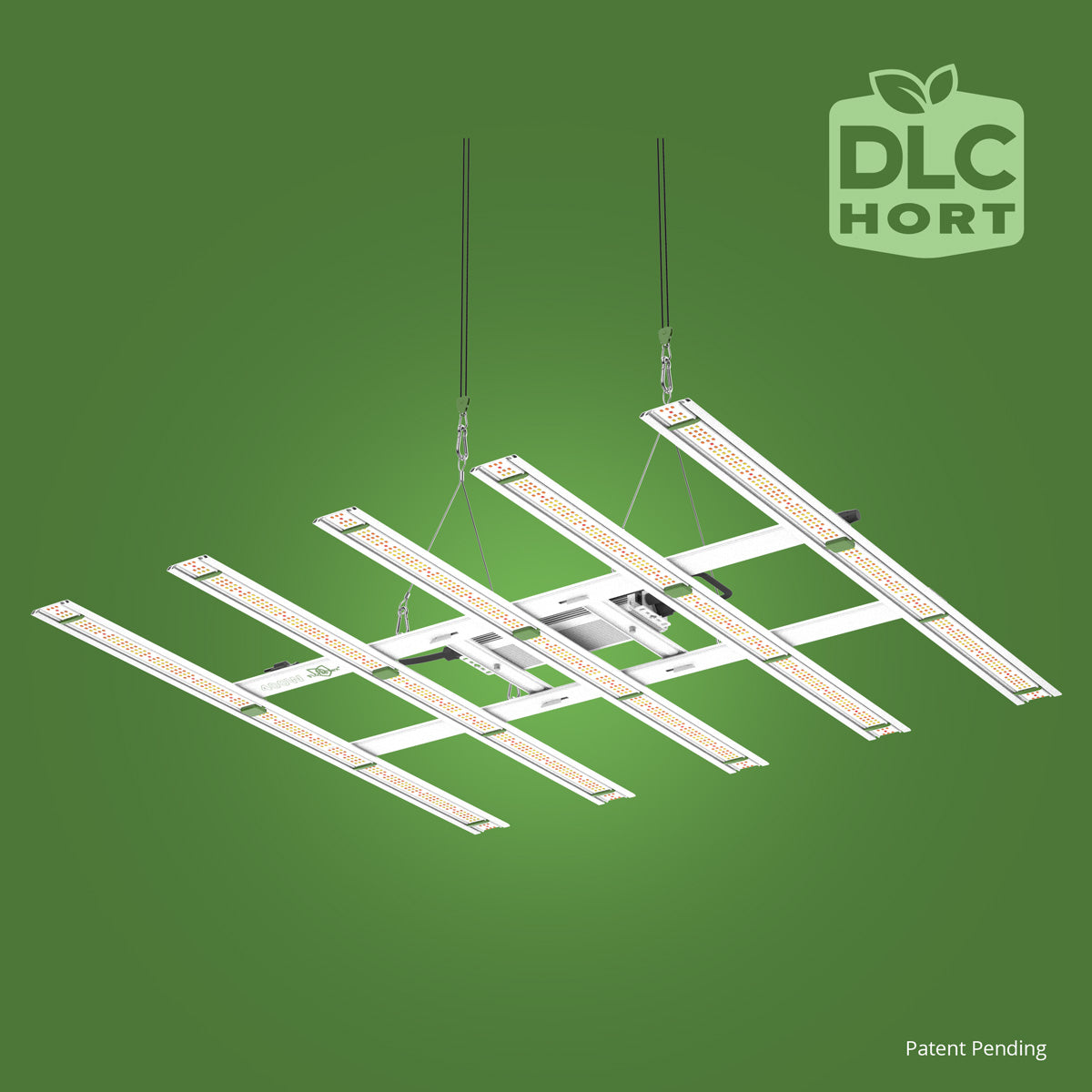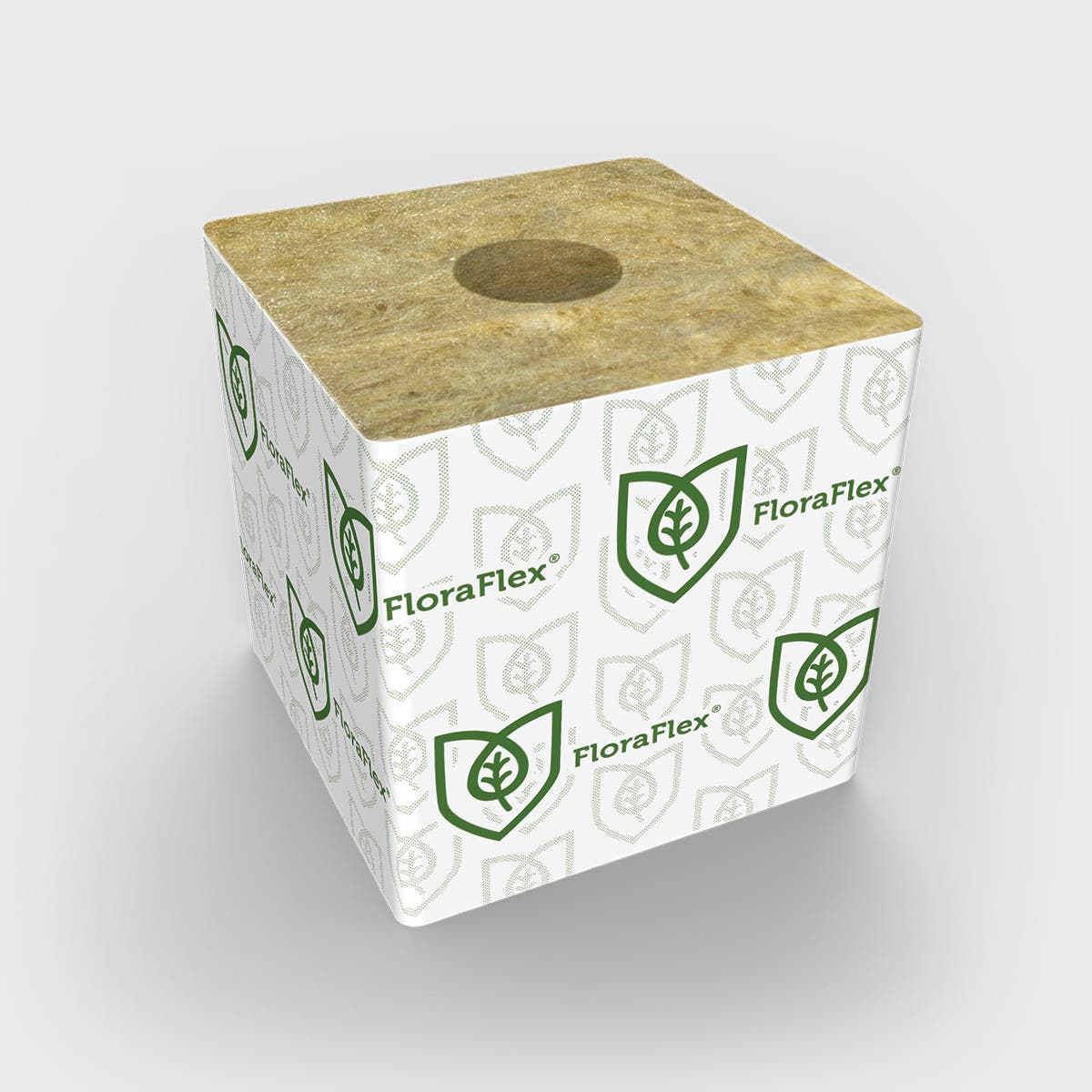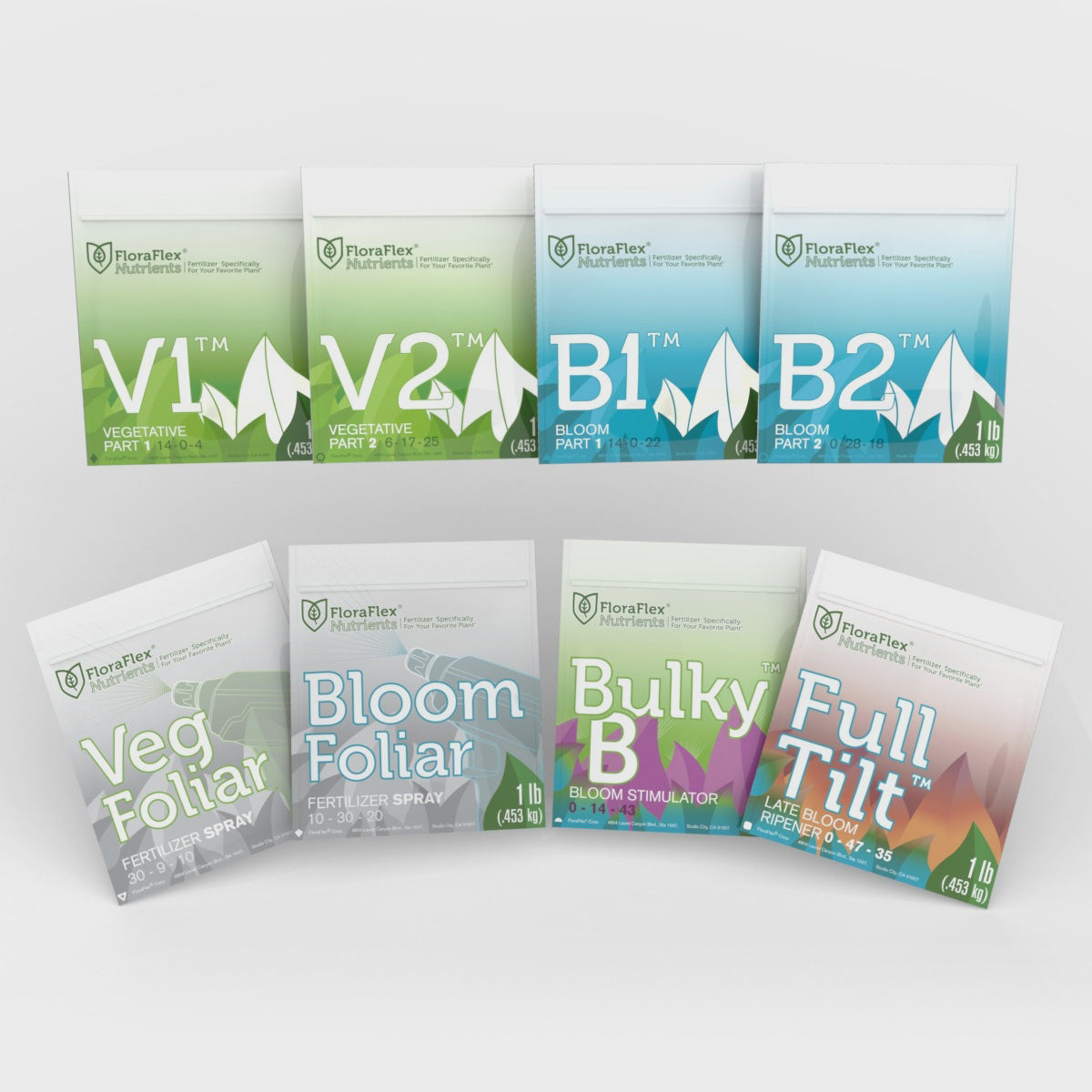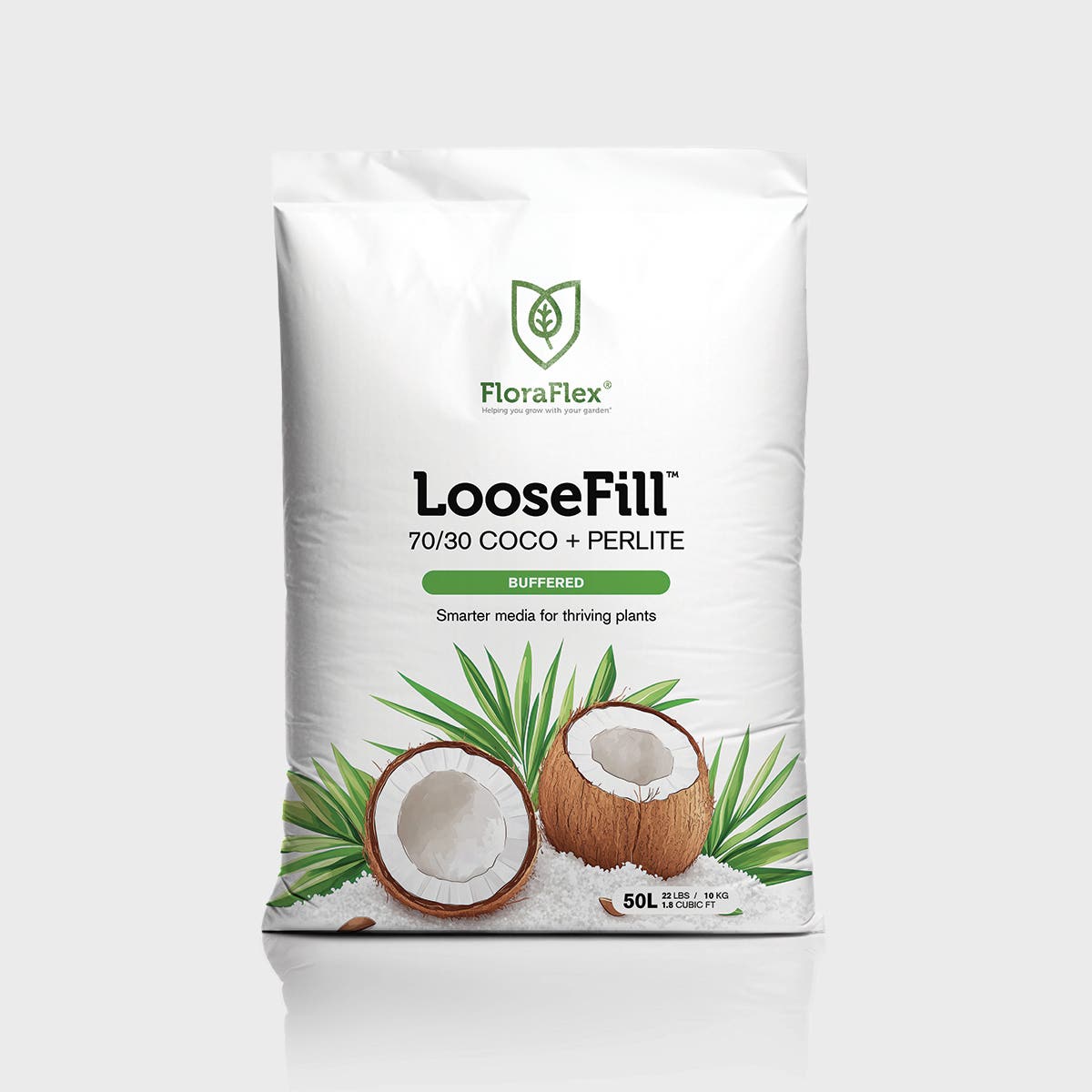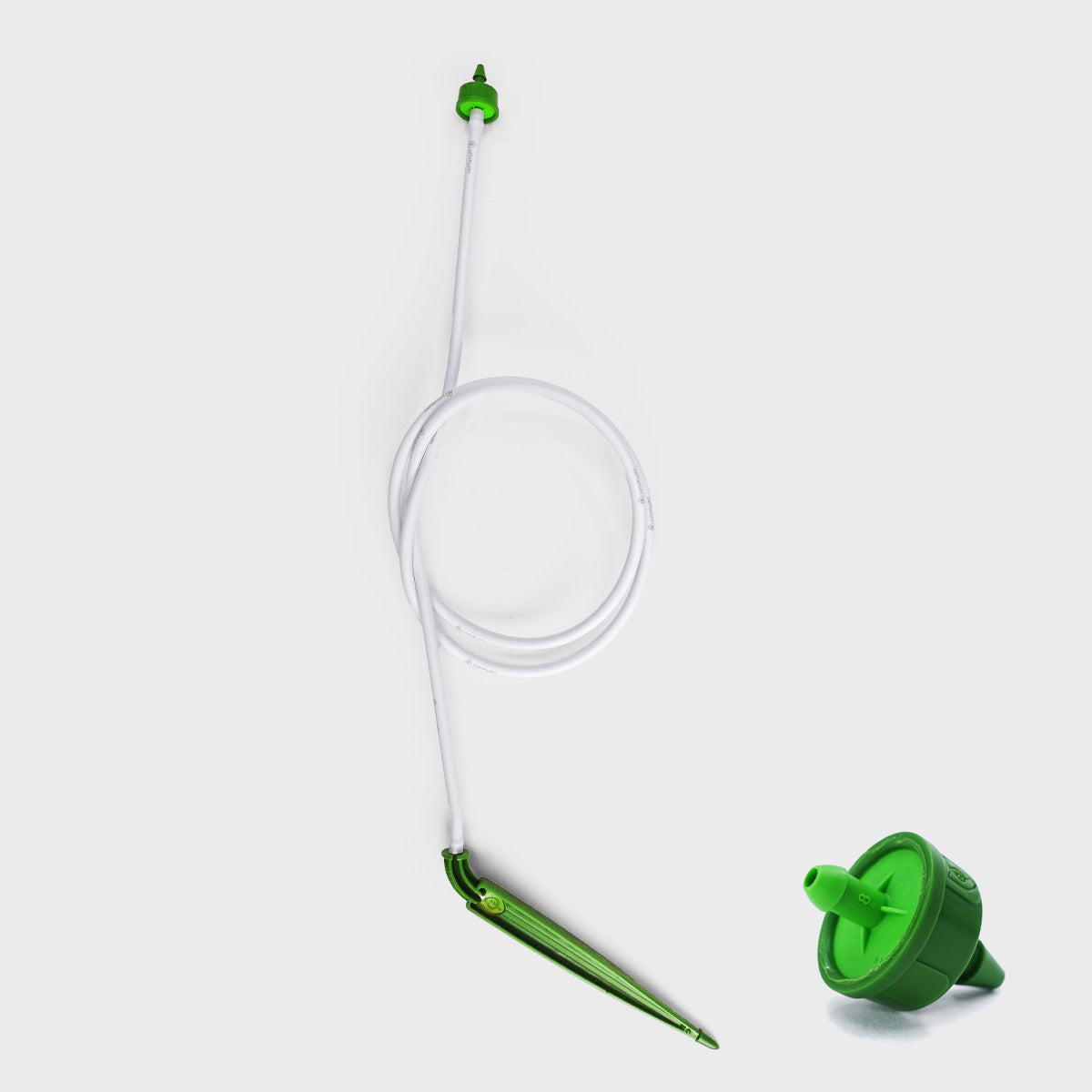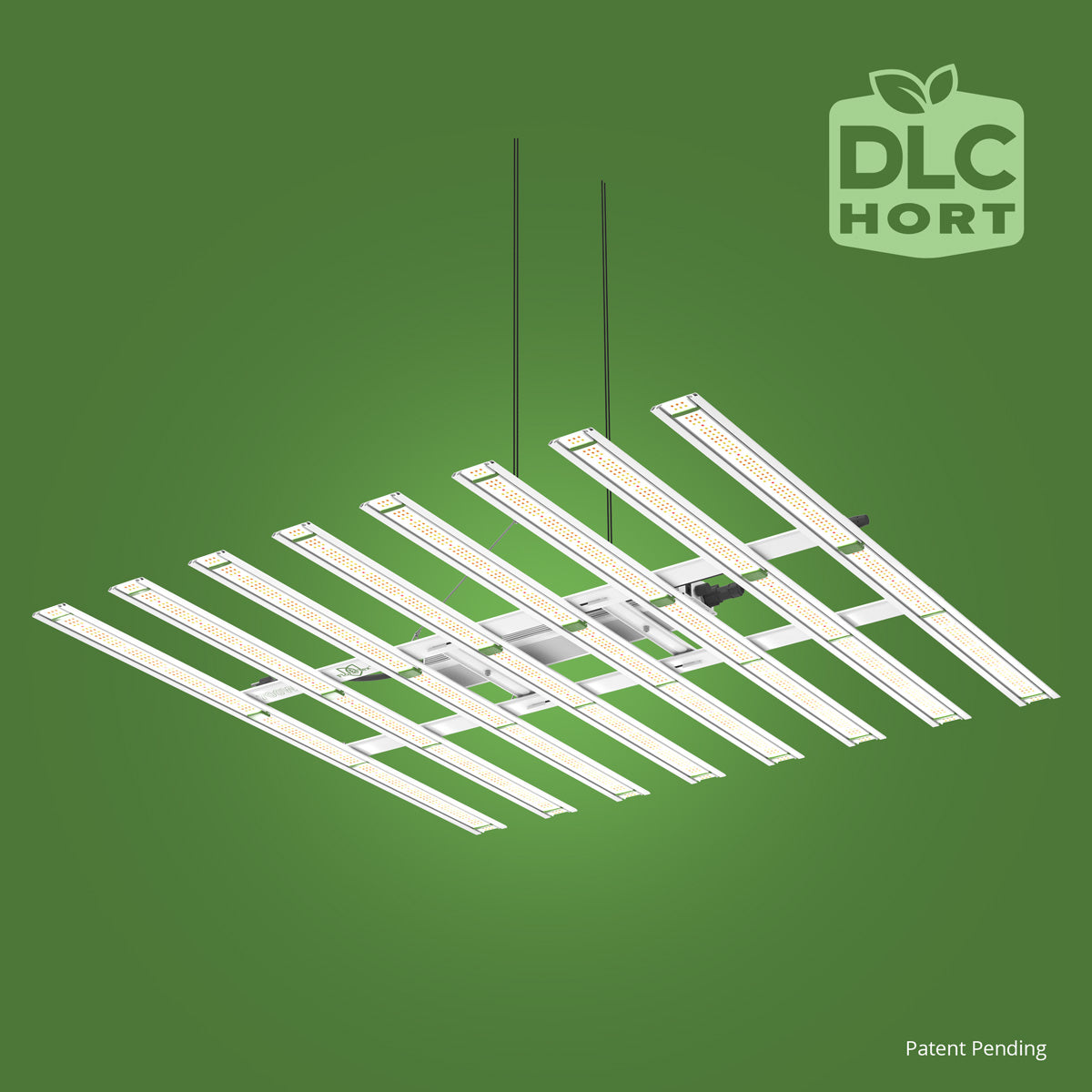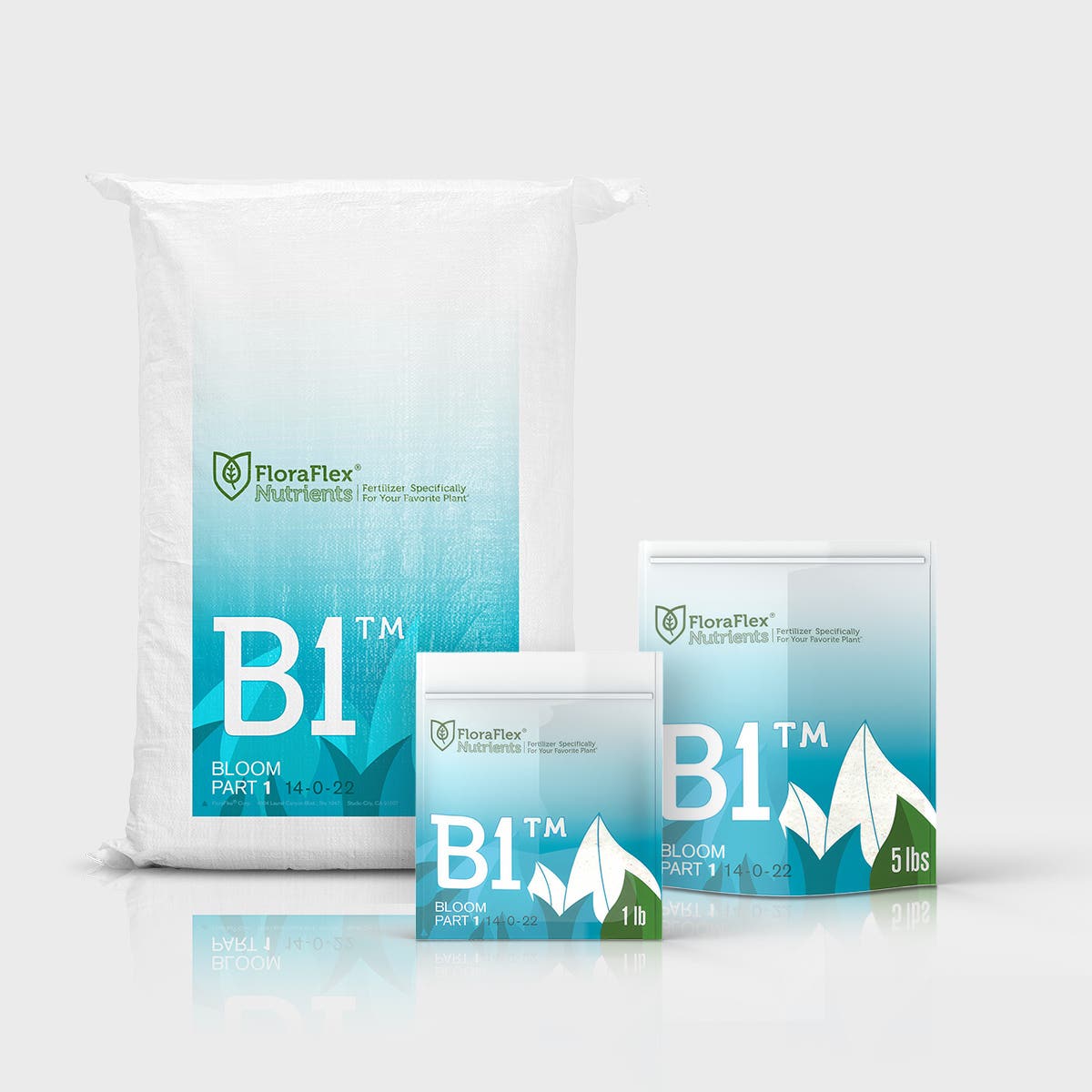Growing your own herbs indoors is not only a great way to ensure you have fresh ingredients on hand but also a rewarding and sustainable practice. Whether you're just beginning or looking to enhance your green thumb, creating a sustainable indoor herb garden can transform your culinary experiences and add a lush touch to your home. In this guide, we'll walk you through building an indoor herb garden from scratch, focusing on techniques and products that support sustainability.
Step 1: Choose Your Herbs
The first step in building an indoor garden is to select the herbs you'd like to grow. Consider your culinary preferences and the conditions of your indoor environment. Basil, mint, rosemary, thyme, and parsley are great starter options due to their versatility and relatively easy care requirements. Ensure you have a sunny spot, as most herbs need ample sunlight.
Step 2: Gather Your Materials
Having the right tools can make the difference in maintaining a thriving herb garden. You'll need:
- Containers or Pots: Choose pots with drainage holes to prevent overwatering.
- Potting Soil: Use high-quality potting mix designed for indoor plants.
- Watering Tools: A gentle watering tool like the 1.5L Flora Sprayer is perfect for controlling moisture levels and ensuring even watering without disturbing the soil. Find the 1.5L Flora Sprayer here.
Step 3: Planting
Fill your pots with the chosen soil, leaving about an inch of space at the top. Plant your herb seeds or seedlings, following specific guidelines regarding depth and spacing. For sustainability, you might choose organic seeds or transplants.
Step 4: Care and Maintenance
Consistency is key in maintaining an indoor herb garden:
- Water Regularly: Using the 1.5L Flora Sprayer, water your herbs as necessary. Most herbs prefer slightly moist soil, but be wary of overwatering.
- Sunlight: Ensure your herbs receive 6-8 hours of sunlight per day. If this isn't possible, consider using grow lights.
- Pruning and Harvesting: Regularly trim your herbs to encourage growth. Harvesting frequently will promote bushier plants and prevent flowering, which can alter the flavor.
Step 5: Sustainability Tips
- Composting: Use a small indoor compost bin for kitchen scraps. Composting not only reduces waste but also creates rich soil to replenish your plant pots.
- Recycling and Upcycling: Consider using repurposed containers as pots. Glass jars, tin cans, or old mugs can add a creative and sustainable touch to your garden.
Building a sustainable indoor herb garden is an enriching and worthwhile endeavor. By following these steps and utilizing quality products like the Flora Sprayer, you'll create a green haven in your home while enjoying fresh, homegrown herbs for all your culinary needs.
For more tools and tips on creating a sustainable garden, visit FloraFlex. Happy gardening!

